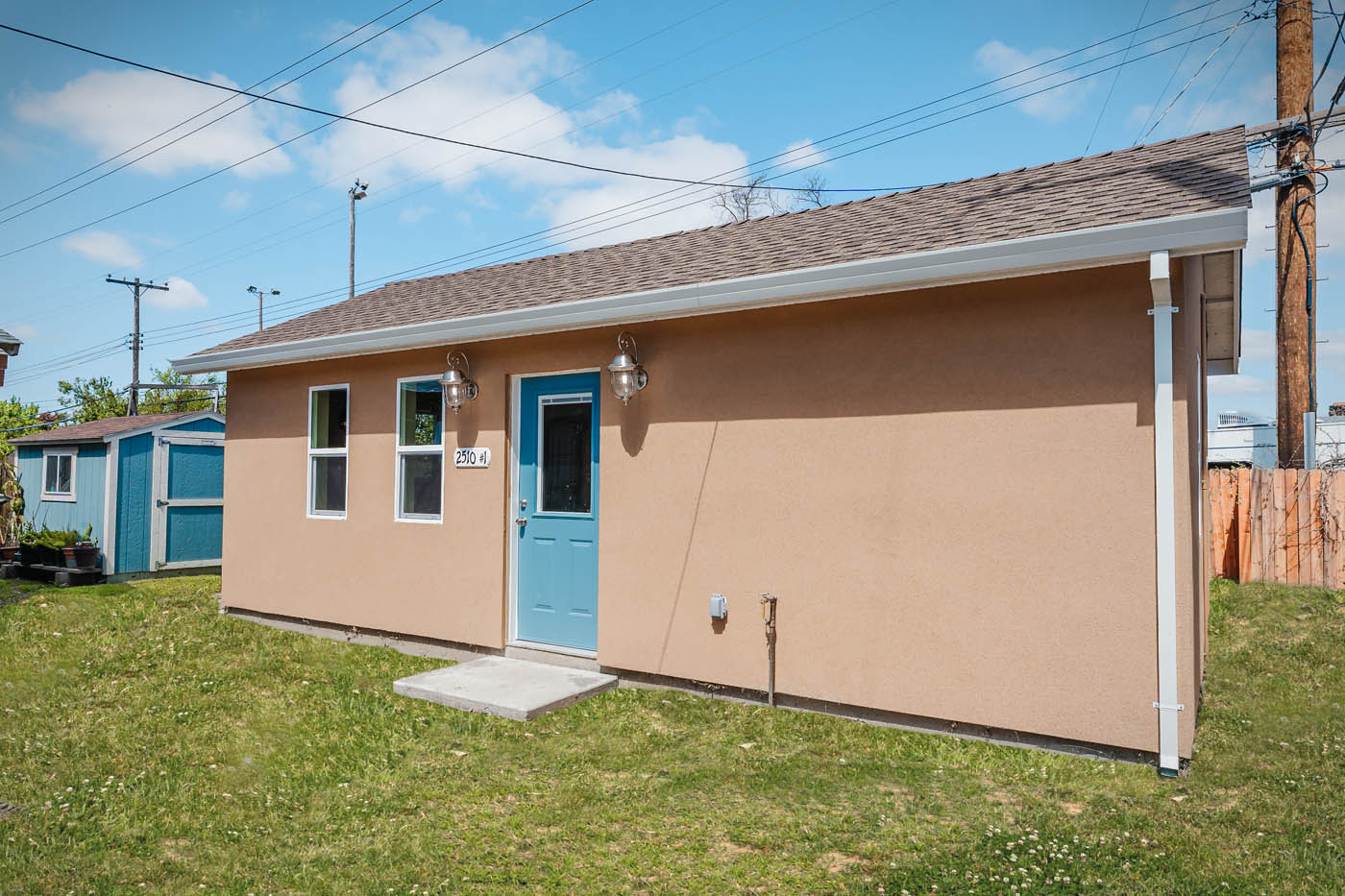Mar 24th, 2022
The Difference Between an ADU and a Tiny Home on Wheels
What is an Accessory Dwelling Unit?
ADU stands for accessory dwelling unit. Homeowners typically build these fully functional secondary dwellings to provide a home for family members or serve as rental units. ADUs are also called granny flats, backyard cottages, carriage houses, garage/alley apartments, laneway houses, and secondary suites.
Built on the same property as an existing house, ADUs provide a permanent home for at least one person. They typically include a bathroom, a small kitchen area, and a separate entrance. An ADU is never mobile and always smaller than the primary home.
There are different types of ADUs, depending on how they are built:
- Interior ADU: converts garages, attics, storage rooms, and non-living spaces into an additional unit
- Attached ADU: attached to an existing home
- Detached ADU: new freestanding units

What is a Tiny Home on Wheels?
There are two types of tiny homes. They are either mobile—tiny homes on wheels (THOW)—or tiny homes built on foundations (THOF). They are considered alternative housing small dwellings and are not on the same plot as an already existing single-family home.
The type you choose will determine the laws you have according to your state. Several cities in California allow you to have your THOW in your backyard, but this is not the case in most states. Usually, they are parked on small areas of land that have no surrounding buildings. For more information on California’s regulations, check with the Tiny House Alliance.
ADU VS. Tiny Home
An ADU can be a tiny home, but a tiny home cannot be an ADU. This comes down to the square feet. Tiny homes on wheels can only be a maximum of 400 square feet, while an ADU can range up to 1,200 square feet depending on local codes. It should be noted that anything below a 750 square foot ADU negates impact fees from the jurisdictions. When it comes to building these units, both require a check with local governments. Tiny homes need permits and to be certified. Often, a third-party agency completes this process to ensure that all zoning restrictions are fulfilled.
JR ADUs, according to new California state laws, only require the space needed to build them. California also allows ADUs no bigger than 500 square feet to be within existing houses and share central systems like bathrooms and kitchen appliances. Check out California’s ADU Handbook.

Why Choose an ADU for Your Backyard Cottage
The real estate market is extremely expensive nowadays, especially in California. This creates a need for more affordable housing like ADUs and tiny homes. In most cases, when it comes to ADU vs tiny home, ADU is the better fit. Not only are they easier to build and typically sturdier, but they also give a better return on investment. For more information contact Anchored Tiny Homes in San Jose!